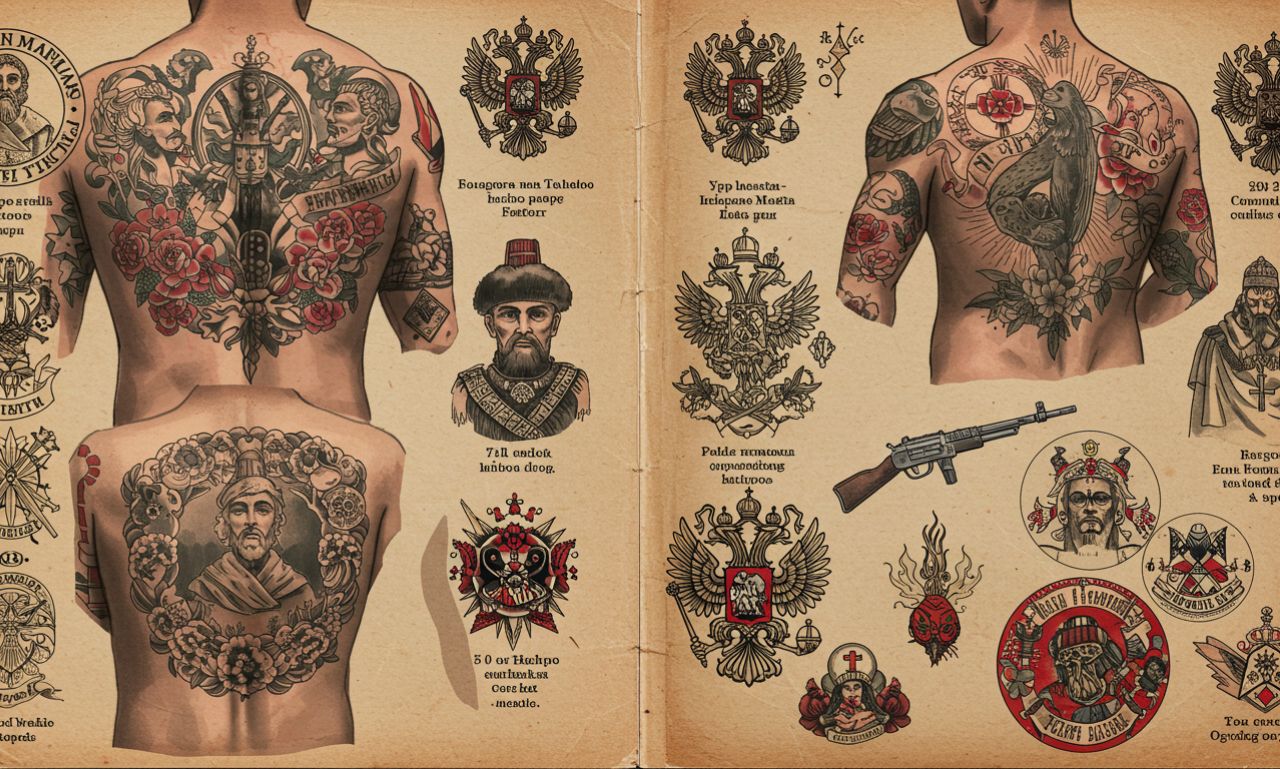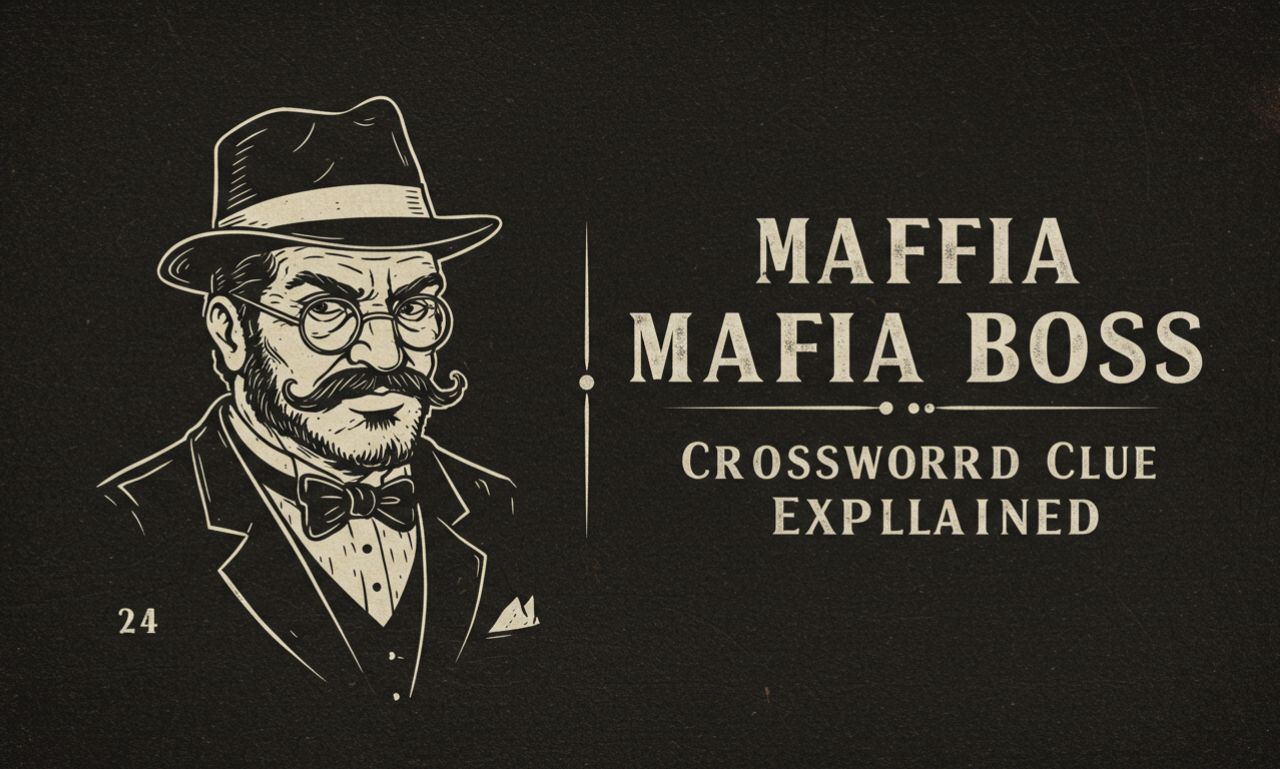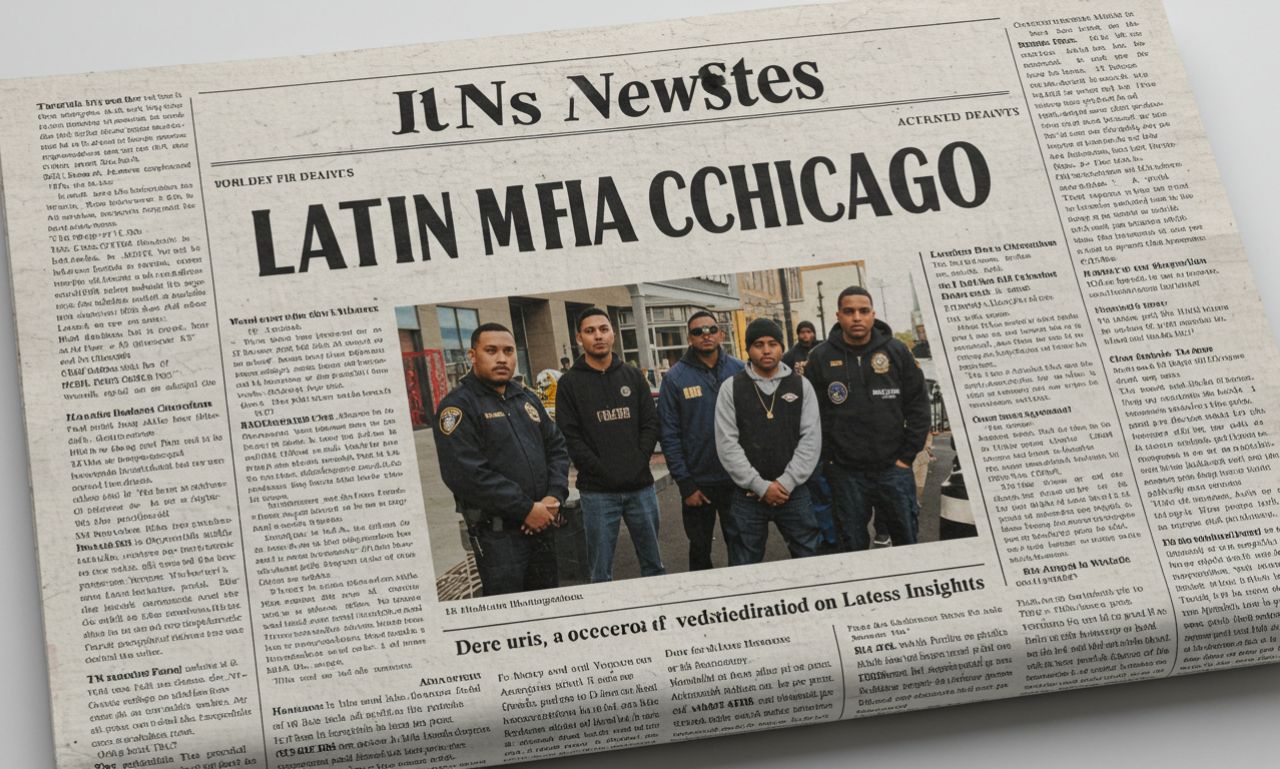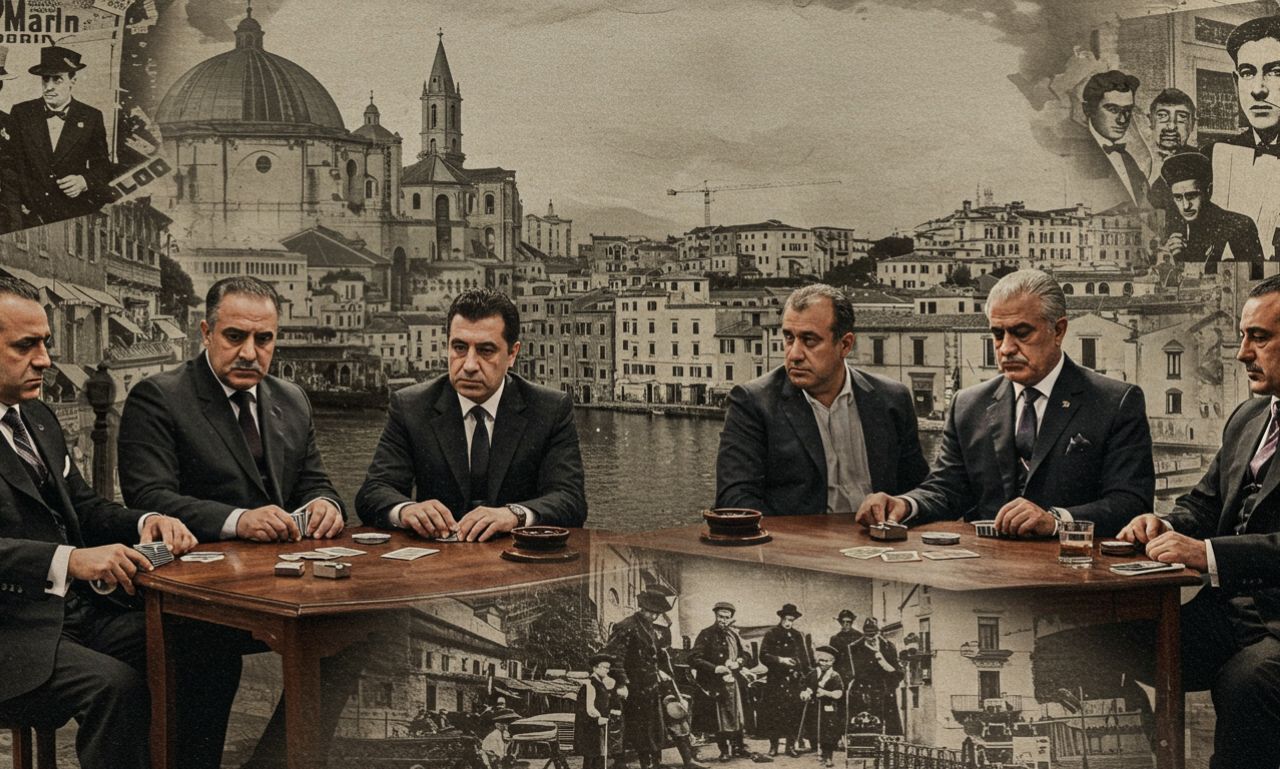Tattoos have long been more than body art—they are coded languages, status symbols, and powerful identity markers. Among the most striking examples are Russian Mafia tattoos. These designs aren’t chosen for style alone; they carry meanings tied to rank, criminal history, and personal beliefs. For decades, Russian organized crime and prison culture have treated tattoos as visual résumés. Every symbol tells a story of power, loyalty, or defiance.
History of Russian Mafia Tattoos
The tradition of Russian Mafia tattoos can be traced back to the Soviet gulags of the early 20th century. Prisoners used tattoos as a secret language to declare their crimes, rank, and resistance against authority. Over time, these designs evolved from prison culture into organized crime circles, especially within the Russian Mafia. The tattoos served as badges of honor, each carrying strict codes. Fake tattoos or misused symbols often led to brutal punishment, making authenticity a matter of survival.
Russian Mafia Tattoos as a Criminal Language
Unlike modern body art, Russian Mafia tat-toos act as coded messages. They’re meant to be read by insiders who understand their meanings. A single tattoo could reveal if someone is a thief, a murderer, a leader, or even a betrayer. This unique system transformed the body into a canvas of biography, loyalty, and warnings. To outsiders, they may look like intricate art. To insiders, they’re an entire language.
Symbolism in Russian Mafia Tattoos
The power of Russian Mafia tat-toos lies in their symbolism. Each design communicates something precise. For instance:
-
Stars on Shoulders or Knees: Represent authority and refusal to bow to anyone.
-
Cross on Chest: Marks high-ranking criminals or leaders.
-
Skull: Indicates a killer or someone with a violent past.
-
Eyes on Chest: Suggest “I am watching you,” a symbol of vigilance.
These symbols aren’t random—they’re part of a well-established code.
Stars in Russian Mafia Tattoos
One of the most iconic Russian Mafia tat-toos is the star. Stars placed on the shoulders signify that the person holds authority, often as a “vor v zakone” (thief-in-law), the highest rank in Russian criminal hierarchy. Stars on the knees mean “never kneel,” a sign of defiance and unwillingness to submit to anyone.
Crosses and Religious Symbols in Russian Mafia Tattoos
Religion, particularly Orthodox Christian imagery, plays a large role in Russian Mafia tat-toos. Crosses on the chest mark leadership, while churches or domes with multiple spires reflect the number of prison sentences served. Though deeply religious in appearance, these symbols are not necessarily about faith but about status and criminal reputation.
Skulls and Violence in Russian Mafia Tattoos
A skull tattoo in Russian mafia culture often indicates involvement in murder or violence. Far from the decorative skulls of modern tattoo culture, these are stark declarations of criminal acts. They warn others of the wearer’s deadly past, reinforcing fear and respect within the underworld.
Animal Imagery in Russian Mafia Tattoos
Animals are common symbols in Russian Mafia tat-toos:
-
Tigers: Represent aggression and strength.
-
Spiders: Signify a life of crime, especially if crawling upward.
-
Snakes: Associated with cunning and betrayal.
-
Wolves: Show loyalty to criminal brotherhoods.
Each animal reflects personality traits valued or feared in the mafia world.
Spider Tattoos in Russian Mafia Culture
Among animal designs, spiders stand out in Russian Mafia tat-toos. A spider crawling upward signifies an active criminal career, while one facing downward indicates someone trying to leave that life. These small details make a significant difference in interpretation, proving how intricate the tattoo code is.
Russian Mafia Tattoos and Rank
Tattoos within the Russian Mafia reflect not just identity but hierarchy. High-ranking criminals wear stars, crosses, or elaborate chest designs. Lower-ranking members may have simpler tat-toos showing their crimes or time in prison. Unlike modern fashion tattoos, these are not choices but obligations, marking one’s place in the criminal world.
Punishments for Fake Russian Mafia Tattoos
Wearing a Russian Mafia tat-too without earning it comes with severe consequences. Fake tattoos are seen as insults and lies. Punishments in prisons and mafia circles could range from forced removal of the tattoo to physical violence. This strict code ensures that every tattoo holds real weight and truth.
Russian Mafia Tattoos in Prison Life
Prisons remain the breeding ground for Russian Mafia tat-toos. Each inmate’s body becomes a diary of their crimes, sentences, and rank. Tattoo artists in prisons often work with improvised tools, using burnt rubber, ink, and needles made from wires or sharpened objects. These tattoos are both painful to receive and heavy in meaning, reinforcing loyalty and reputation inside prison walls.
Russian Mafia Tattoos and Brotherhood
Brotherhood and loyalty are at the heart of Russian Mafia tat-toos. Members use tattoos to show allegiance to the criminal underworld, declaring loyalty to fellow thieves-in-law. These tattoos create a sense of shared identity, ensuring that every symbol strengthens unity in a secretive and violent world.
Modern Perceptions of Russian Mafia Tattoos
In today’s world, Russian Mafia tat-toos attract attention far beyond criminal circles. Tattoo enthusiasts admire their raw artistry and symbolic depth. However, without knowledge of their true meanings, wearing them can be dangerous. In Russia and Eastern Europe, tattoos with mafia codes can invite unwanted attention from both criminals and authorities.
Russian Mafia Tattoos in Popular Culture
Movies, books, and TV shows often showcase Russian Mafia tat-toos. Films like Eastern Promises accurately portray tattoo codes, sparking fascination among global audiences. These portrayals spread awareness of the tattoo language while adding to the mystique of Russian organized crime.
Differences Between Russian Mafia Tattoos and Western Tattoos
Unlike Western tat-toos that emphasize aesthetics and personal choice, Russian Mafia tat-toos follow strict codes. They’re less about beauty and more about biography. Every line, symbol, and placement carries meaning. This makes them one of the most disciplined and symbolic tattoo traditions in the world.
Risks of Wearing Russian Mafia Tattoos Without Context
Adopting Russian Mafia tat-toos without understanding their meaning can be risky. In regions where the mafia still has influence, wearing stars, crosses, or skulls incorrectly may provoke hostility. Even in Western countries, the symbols can carry stigmas. It’s important for enthusiasts to respect the culture behind them.
How Russian Mafia Tattoos Are Changing Today
While traditional meanings remain, modern influences are reshaping Russian Mafia tat-toos. Younger generations sometimes blend old codes with modern tattoo art, creating hybrid designs. This shift shows how cultural traditions evolve while retaining roots in history.
The Legacy of Russian Mafia Tattoos
The legacy of Russian Mafia tat-toos is one of fear, respect, and symbolism. They are not just art but lifelong declarations of identity. For criminals, they serve as both protection and proclamation. For outsiders, they remain a window into one of the world’s most secretive subcultures.
Conclusion
Russian Mafia tat-toos are more than ink—they are a coded language that speaks of history, crime, and power. From stars and skulls to crosses and spiders, each symbol is a declaration of identity and authority. While they fascinate tattoo enthusiasts worldwide, their meanings demand respect. To wear them without context risks misunderstanding and danger. Ultimately, they remain one of the most powerful examples of tattoos as living language and cultural heritage.




